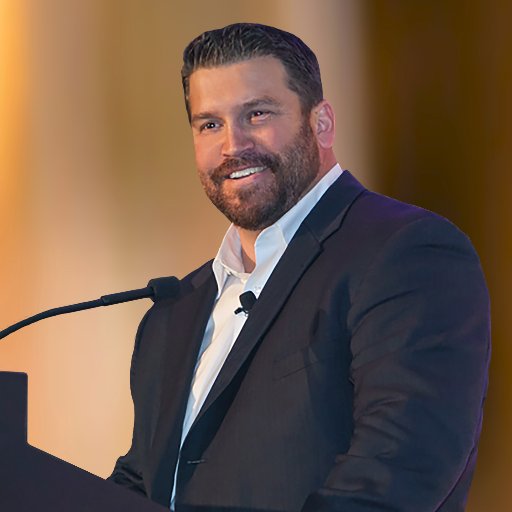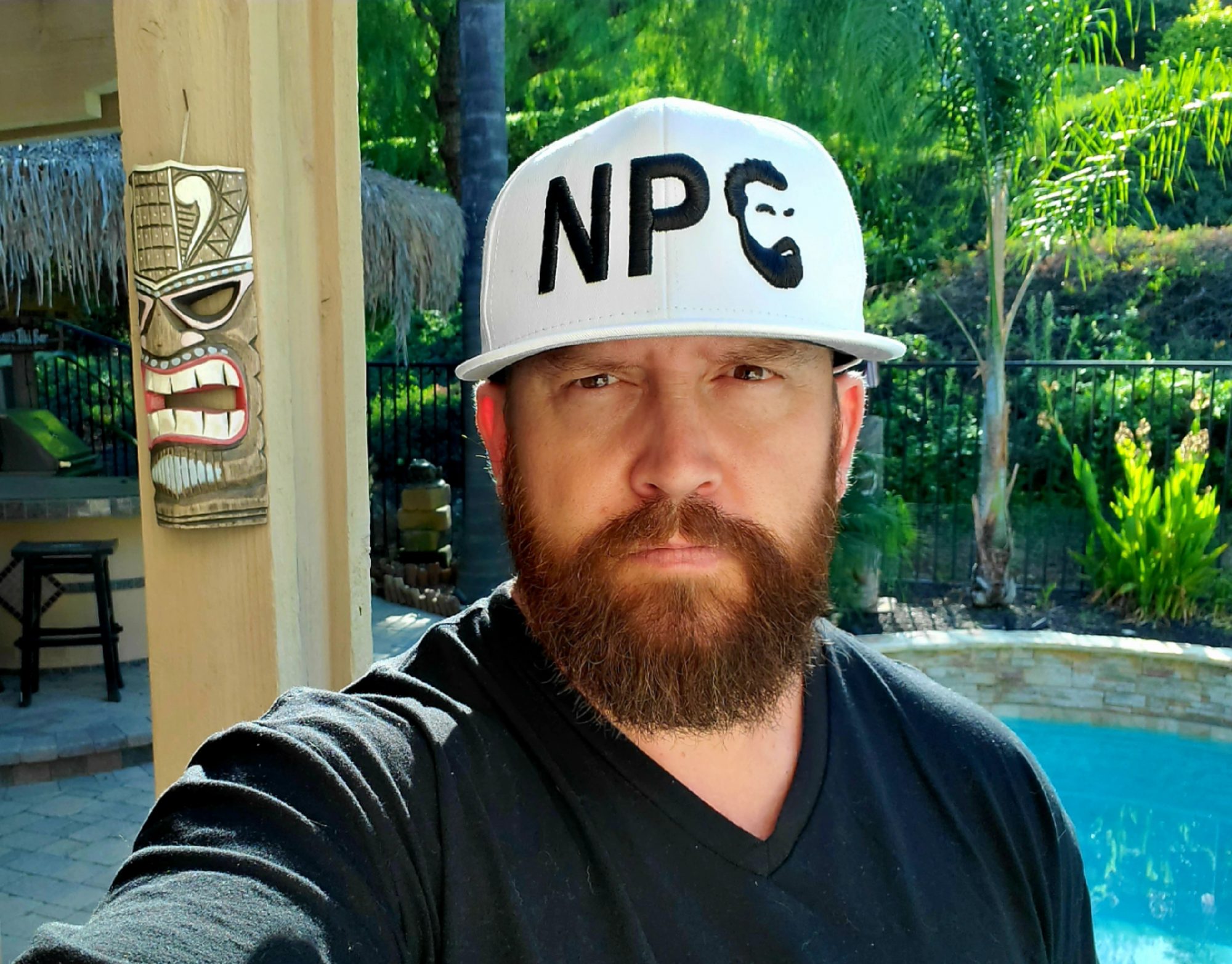Buyer Perspective Matters in PEO Sales
While most will agree that the buyer perspective matters in PEO sales, I would venture a guess that you haven’t looked at this from the angle we will cover in this article. This article will not cover perception but rather factual insight, which will shift the mindset of a potential PEO customer that is coming from a traditional market.
Experienced Vantagepoint
In my career, I have met with thousands of perspective PEO clients. Many of my leads came through brokers. Therefore, the client was conditioned to focus on insurance at the onset of the meeting. I would of course illustrate the full value proposition, which included scaled procurement of insurance, and help the prospect see the value of the full PEO offering by meeting’s end. However, it was important to recognize how a buyer viewed insurance historically.
A constant that I noted throughout most of these meetings was simple. Most buyers view insurance as a line item expense or cost of doing business. Let me say this again, most buyers view insurance as a cost of doing business. Embracing this fact will allow a PEO sales professional to capitalize on the buyer’s vantagepoint, while differentiating the PEO from alternative competition, i.e. carriers.
Pivoting Perspective
If a buyer views insurance premium as a cost of doing business, what does that mean? Let’s look at this rationally. What do CFO’s try to do with line items expenses? They try to reduce them! Reducing overhead expenses within an organization will equate to greater profit. If my revenue is 10 and my expenses are 5, my net profit is 5. If I reduce my expenses to 3, my new net profit is 7. It is a simple business principal, yet one that is often overlooked by PEO sales professionals. Perhaps now it makes sense why many of your perspective clients are always pushing for lower rates. If they view the cost of a PEO as a cost of doing business, of course they are going to negotiate to minimize that cost in order to maximize profit.
However, when a PEO sales professional is able to shift the buyer’s perspective, based on the value prop and ROI of the PEO model, things begin to take a different shape with the buying decision drivers.
Why is Insurance as Viewed as a Cost of Doing Business?
Why does the buyer look at insurance as a cost of doing business? It’s simple. They typically don’t expect a tangible return on the money spent on premiums outside of coverage. We can state that health insurance helps attract and retain talent, which is true. However, in a business owner’s mind, it is a necessary cost of doing business. Let’s utilize a fictitious example and assume that an SMB spends 50K on workers’ comp and $150K on benefits.
We’ll start with the WC first. The buyer is typically in a no-win situation with workers’ comp insurance. If they don’t utilize their coverage (premium investment) by having claims, it is a phantom investment. Meaning, they spent $50K on coverage that they didn’t utilize. That $50K is a direct detractor from net profit which yielded nothing but coverage they didn’t utilize. Conversely, if they utilize that investment with claims, their future investment goes up as a result of an experience modification increase. Remember, with x-mods, one bad year can spoil the next three. However, one good year can’t rescue the next three.
Now let’s take a look at benefits. If the prospect spent $150K on health benefits and had no claims, again, this is a phantom investment and direct reduction from net profit for no value. Conversely, if the client has a lot of claims and their MLR spikes, their future investment can skyrocket. Add to this the fact that we are in a state of inflation with medical premiums, so even if they have a good year, their investment is likely going to increase year over year.
The Pivot to ROI
While a PEO offers insurances, it brings to the table much more than solely insuring against losses. Let’s assume that a PEO quote comes in 10% higher than the total WC and Benefits the client is paying on the standard market. And let’s remember that the only time a client gets a return on investment from insurance is when they utilize it, which subsequently drives up their future investment costs.
A PEO provides a tangible return on the money invested by the client (which includes premiums and service fees). Meaning, the client actually gets a return on investment from dollars spent. How does this ROI materialize? In the form of HR consultation, regulatory compliance, safety and risk mitigation, payroll and tax filing, workforce management technology, insurances, retirement vehicles, etc. At a client level, these services equate to liability reduction, scale procurement of insurances, potential cost savings, increased internal bandwidth, workforce optimization, revenue growth, etc. For more insight on the true value prop of a PEO, click here.
A business owner, through the PEO value proposition, can now look at a historic mandated cost of doing business as investment capital. The question that begs to be asked at this point is: what is my return on investment through the PEO? This is where the sales professional can launch into the true value of the PEO relationship.
The Contrast
With a standard carrier you pay premium and receive coverage. The premium is an investment by your organization but is viewed by business owners as a cost of doing business. Businesses try to minimize their cost of doing business to maximize their profitability.
With a PEO, you receive a tangible return on investment for a comparable cost to solely buying insurance through the standard market. This ROI comes in the form of liability reduction, workforce optimization, scale procurement of insurance, potential cost savings, workforce optimization, increased internal workforce capacity, and statistically revenue increase. This ROI is driven through the service model of HR consultation, safety and risk mitigation, employment risk mitigation, regulatory compliance guidance, payroll and HRIS technology, retirement vehicles, and scale procurement of insurance through the PEO’s master policies.
If the SMB doesn’t utilize their coverage via claims, they still receive a significant return on their investment throughthe PEO suiteof services. If they do have claims, the PEO has a vested interest to mitigate claims risk as the PEO’s profitability and cash flow is likely tied into claims loss ratios and expenses. Meaning, the PEO will advocate on behalf of the client and work with the client to mitigate potential insurance risk.
End Result
When a PEO sales professional recognizes the intrinsic way a business owner views insurance premiums, they can capitalize on this historic vantagepoint through contrast and factually highlight the PEO’s superior ROI model. Remember, if a business owner views premiums as a cost of doing business, they will try to reduce that cost to maximize profitability. But, if you can guide the owner to properly view the PEO value prop (which includes the insurances) as investment capital, the buyer’s perspective will typically change.
How does a business owner view investment capital? They want it to produce a superior ROI. Guess what? That’s what a PEO delivers. A PEO value prop, when properly conveyed to the buyer, takes a mandated cost of doing business, and turns it into investment capital. Meaning, this money that a business owner has to pay in the course of business, can actually work for the company and yield favorable results as illustrated by the true value prop of a PEO.
A business has to spend this money either way. A business might as well make that money work for the company toward improving the business while simultaneously insuring against potential losses.
Author


Rob Comeau is the CEO of Business Resource Center, Inc., a business consulting and M&A advisory firm with a niche focus on the PEO industry. To learn more about Business Resource Center, Inc. and the work they do, please click here.
